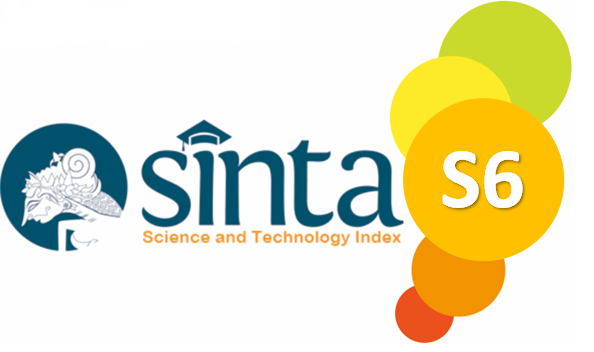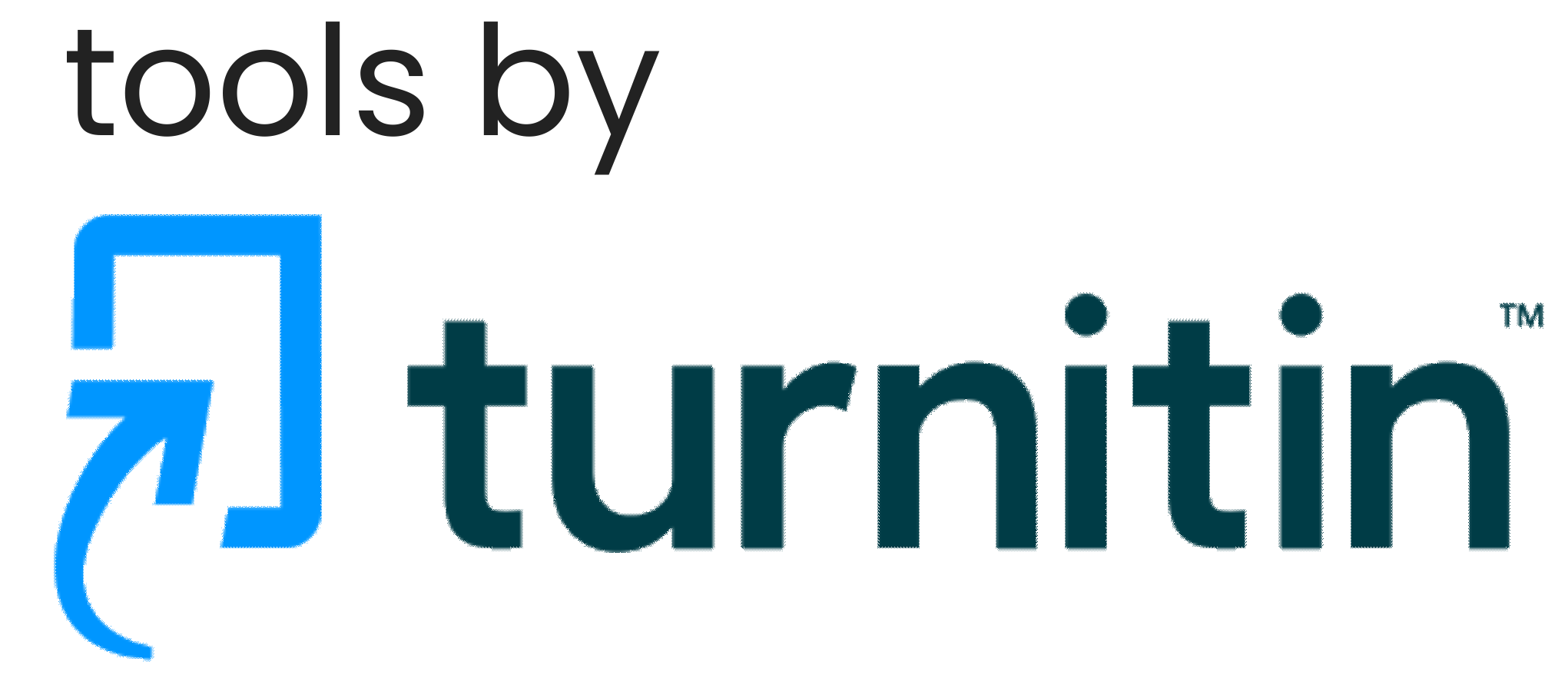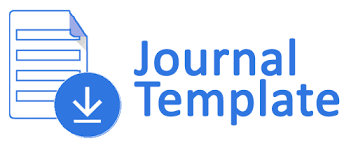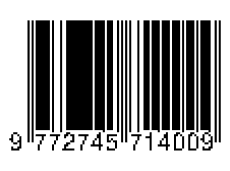Jurisdictional Analysis of the Authority of the Fisheries Court to Try Corruption Crimes in the Fisheries Sector
DOI:
https://doi.org/10.59141/cerdika.v5i7.2673Keywords:
Corruption Crime Court, Corruption, FisheriesAbstract
This research addresses the legal ambiguity in determining jurisdiction over corruption crimes committed within Indonesia’s fisheries sector. Globally, both corruption and illegal fishing represent complex transnational crimes that demand clear legal enforcement. In Indonesia, two distinct legal frameworks intersect in such cases: the Fisheries Court established under Law No. 45 of 2009 and the Corruption Court under Law No. 46 of 2009. This study aims to analyze the jurisdictional conflict that arises when an act of corruption occurs in the fisheries sector, potentially falling under both courts’ authority. Using a normative juridical method, the research applies a statutory and conceptual approach by examining relevant laws, court decisions, and legal doctrines. The findings reveal that despite the dual specificity of laws, corruption crimes—even when committed in the fisheries sector—fall under the jurisdiction of the Corruption Court based on the principle of lex specialis systematica. This principle prioritizes legal norms that are systematically more specific in handling a particular offense. The study contributes to legal scholarship by clarifying the hierarchy and interaction of overlapping special laws in Indonesia’s legal system and provides practical implications for law enforcement agencies and the judiciary to avoid conflict of competence. Future research may explore comparative models in other legal systems for resolving similar jurisdictional overlaps.
Downloads
Published
How to Cite
Issue
Section
License
Copyright (c) 2025 Azis Akbar Ramadhan, Mustofa Ponco Wibowo

This work is licensed under a Creative Commons Attribution-ShareAlike 4.0 International License.











